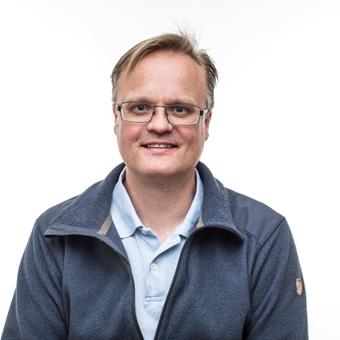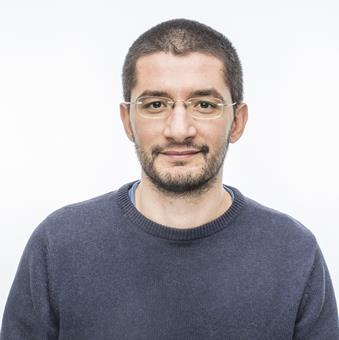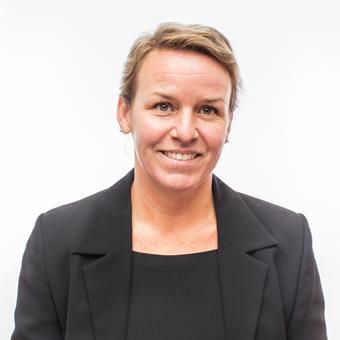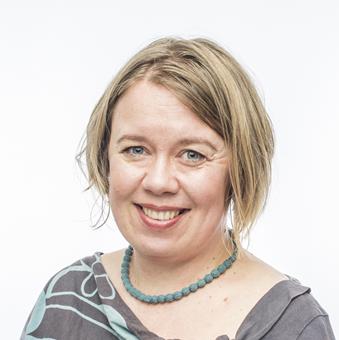Contemporary cities needs to transform in a more climate-proof, low-carbon and sustainable direction. The transition process encompasses issues from storm water management to buildings and public transport. A myriad of activities are taking place in cities in Sweden and the world. In Swedish cities, the significance of climate change is growing and they are increasingly working to mitigate and adapt their cities to climate change. However, the cities have shouldered the climate challenge in different extents and in different ways. This project explores different types of transformation and makes them more visible. As a source of inspiration, it will present good examples and best practices from cities that are forerunners in the urban transition. Different modes of leadership and command and control measures will be identified. Based on these and other characteristics of the cities’ activities and approach to climate change, different types of climate transition will be distinguished, each with its respective strengths and weaknesses.
Broad participation for deeper insight
The project is run in by researchers and municipal officers and politicians in collaboration. Urban planners, managers, politicians, citizens and property developers are engaged in different stages of our work. This is essential for developing an in-depth understanding of three bottlenecks currently facing Swedish cities: how climate transitions are lead and governed, enhancing public-private collaboration, and maintaining a dialogue between citizens and planners. The project work in organized in: experiments in the Norrköping Decision Arena, observing and supporting real planning and policy development processes in Swedish cities, as well as learning outlooks consisting of revisits to cities we have previously worked in and outlooks to cities in other parts of the world that are forerunners in the urban transition.
Inspirational tools as expected outcome
One expected outcome is a series of web-based tools and methods intended to inspire and facilitate the climate transition in cities and local governments that we have labelled the Urban Transition Showroom. The objective is to visualize cities’ climate transition and provide examples on alternative ways forward.





